
Hand positions and gestures are important in Javanese and Balinese dance; hands have a typically ornamental role and emphasize the dance's delicate intricacy.
|
|
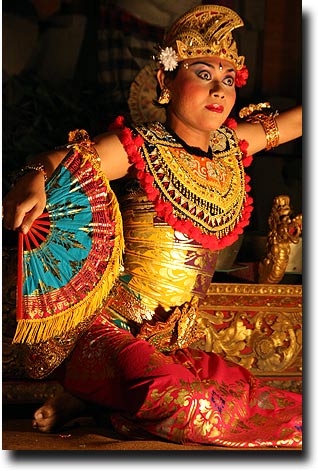 |
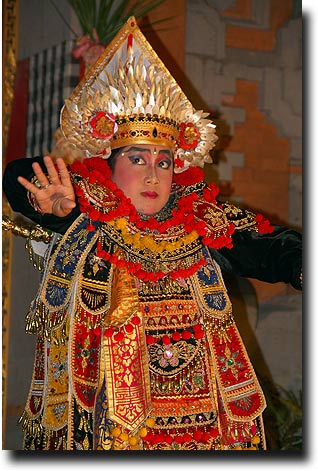 |
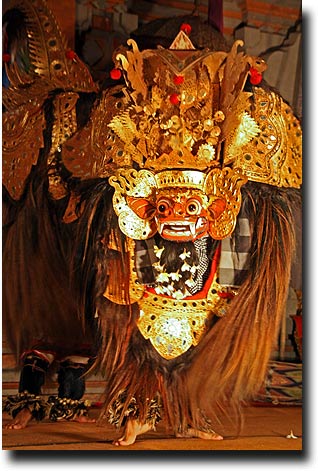 |
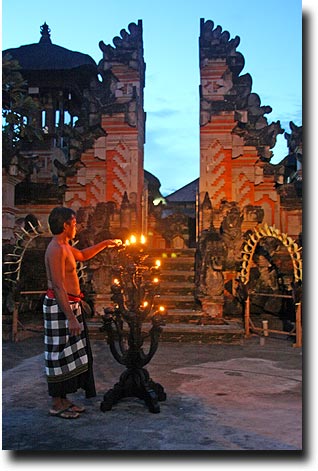 |
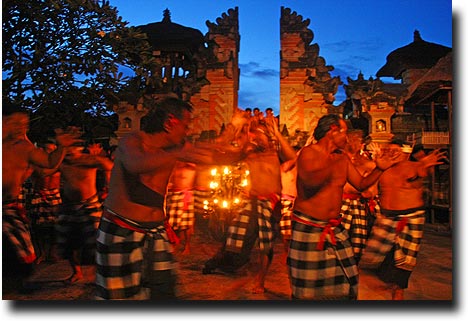
These guys were particularly impressive to us, mostly because of their rhythmic, repeating chants. Check them out in action below: |
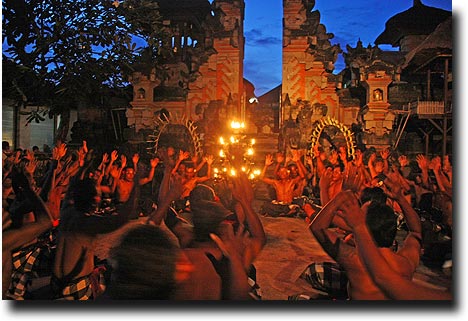 |
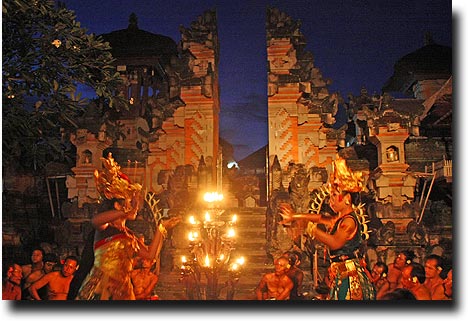 |
|
|
|
||
 |
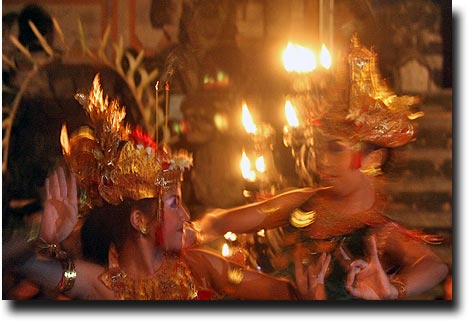 |
|
|
|
||
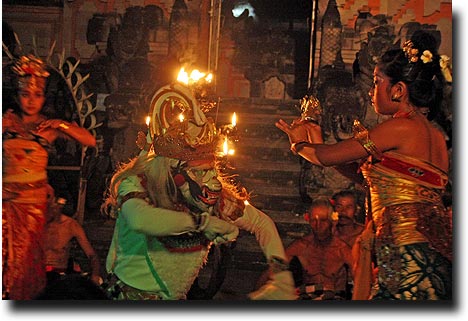 |
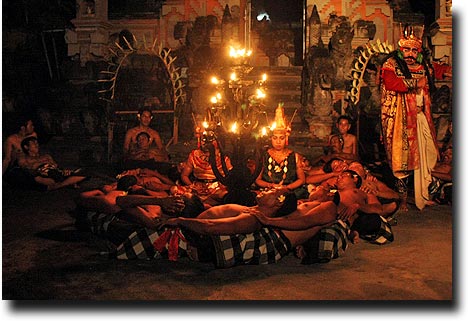 |
|

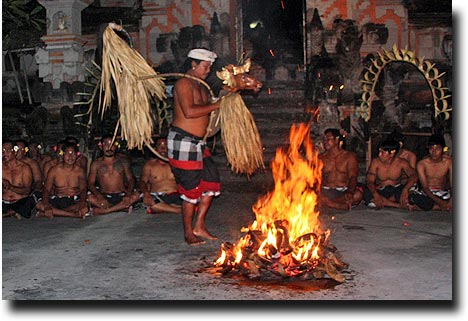
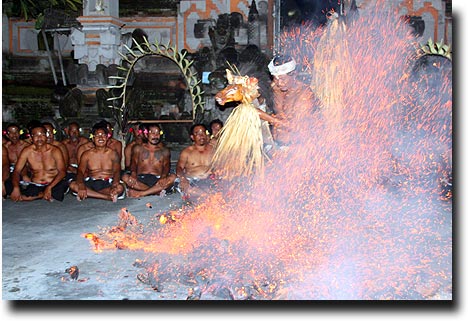 |
|
 |
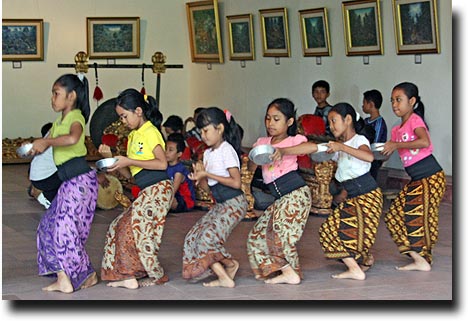 |
|
Main Fish |
Beach Bat Temple Water Palace |
Surf and Sun Local Life Christmas |
Around Town Temples Rice Paddies Shopping Dances Temple Ladies Monkeys Jewelry-Making Goa Gajaj |
Sights Surf and Rain Turtles |